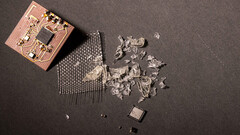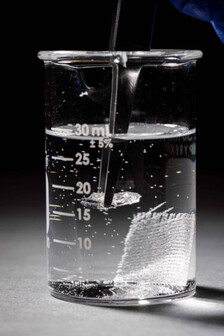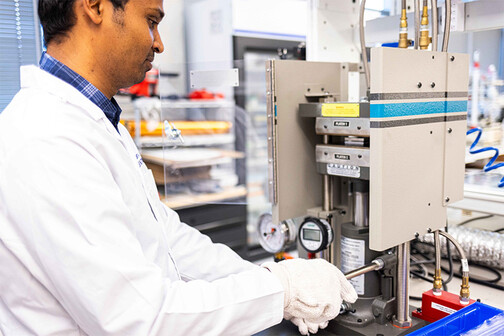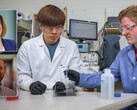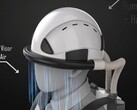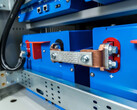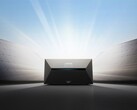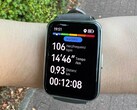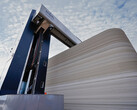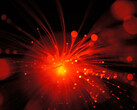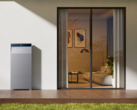In an effort to reduce electronic waste, researchers at the University of Washington have come up with a new PCB (printed circuit board) design. Traditional circuit boards are generally made of thin fiberglass sheets coated with hard plastic. This plastic is not easy to separate from the glass layers, which is why we see tons of PCBs pile up in landfills.
Of course, these circuit boards are often burned to extract valuable metals such as gold and copper from them. However, this burning is not only toxic to the environment but also doesn’t allow the solid components to be recycled fully. That’s where vitrimers step in.
First developed in 2015, vitrimers belong to the polymers class, and their molecules have the ability to rearrange and make new bonds when exposed to a specific temperature. This makes the polymeric material highly recyclable. In addition, its properties make the material “healable.” You can straighten boards made with it when bent, for example.
As for making a printed circuit board out of the material, the researchers have to go through a process that’s slightly different than the regular PCB manufacturing method. Generally, traditional circuit boards are kept in cool and dry conditions when they are semi-cured. Then, they are laminated with copper in a heat press.
However, as vitrimers have the ability to form new bonds, the researchers at the University of Washington used fully cured vPCBs (vitrimer printed circuit boards) during lamination. This is an advantage over semi-cured PCBs, as they have a limited shelf life.
Regarding the recycling process, when the researchers immersed the vPCBs in an organic solvent with a relatively low boiling point, the plastic swelled up without damaging the electronic components or the glass sheets. It allowed the researchers to extract the core components in one piece. This opens up many paths for extending the lifecycle of circuit boards and reducing electronic waste.
What’s even more interesting is that while the vPCBs offer this big recycling and reuse advantage, they have comparable strength and electronic properties to the common PCB material, FR-4.
Learn about salvaging electronic parts at home by getting Unscrewed paperback from Amazon




